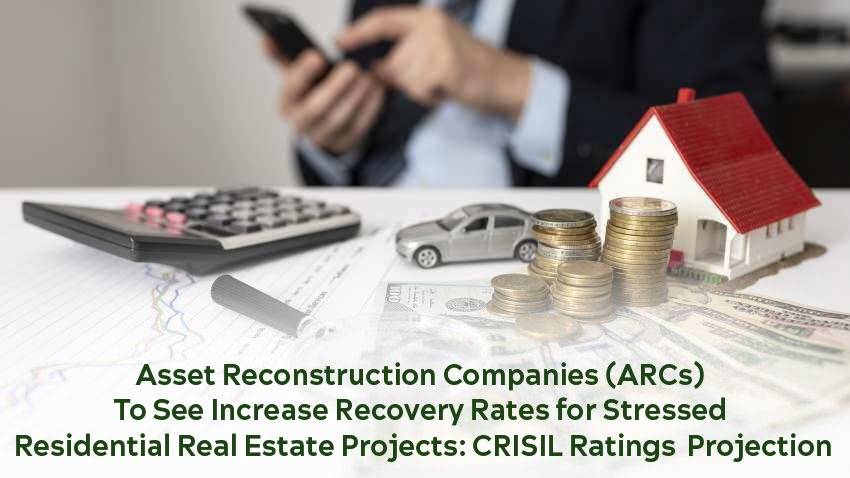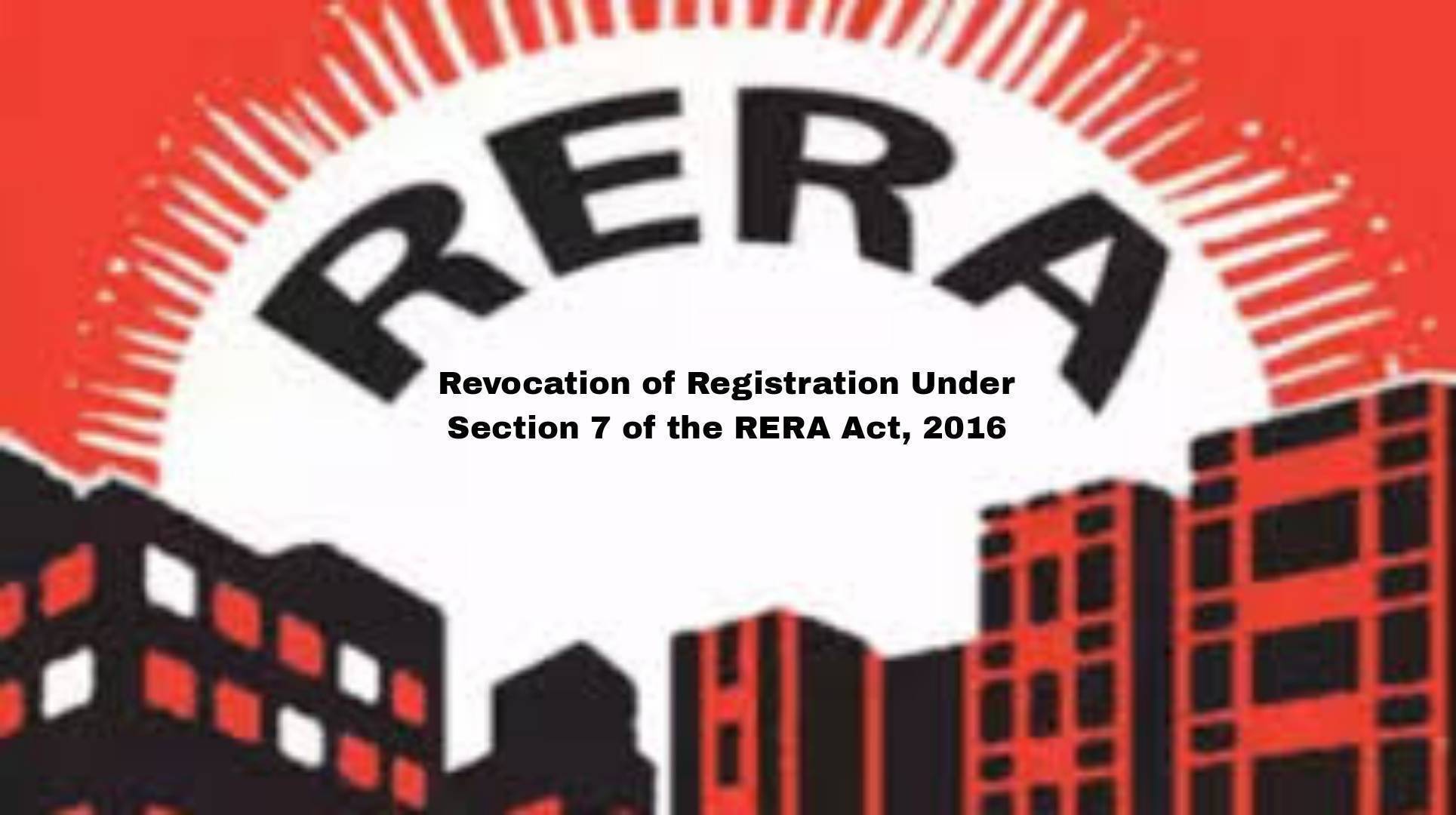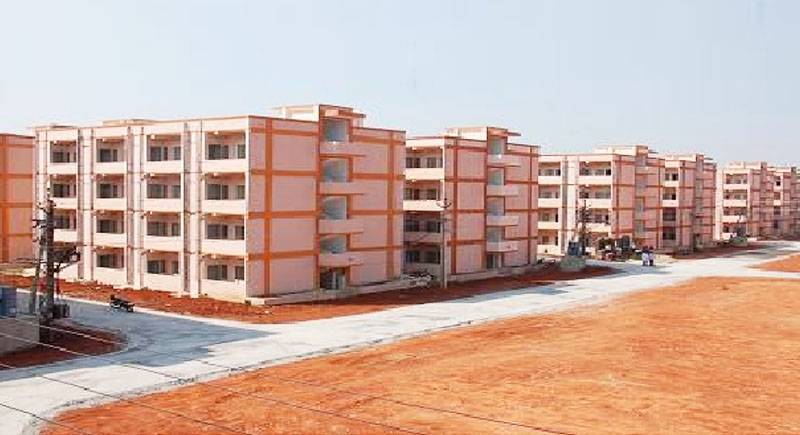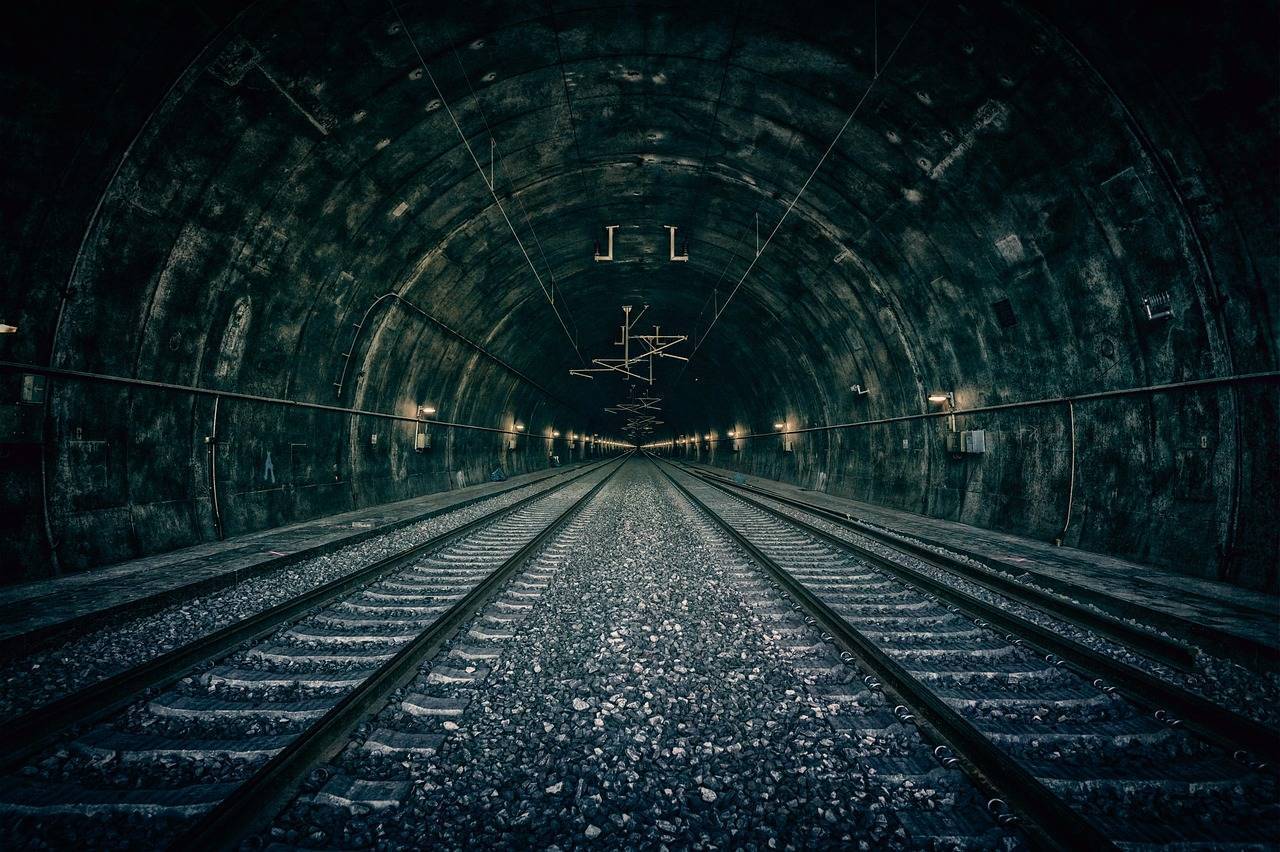In a promising development for the Indian real estate sector, CRISIL Ratings projects a substantial improvement in the cumulative recovery rate for stressed residential real estate projects. According to the agency, Asset Reconstruction Companies (ARCs) are expected to see a 500-700 basis points (bps) increase in their cumulative recovery rate by March 31, 2025, reaching 16-18 percent from the current 11 percent. This improvement is driven by a combination of healthy demand, price appreciation in the residential real estate market, and increased interest from investors and promoters in reviving stressed projects.
Key Factors Driving the Improvement
1. Healthy Demand and Price Appreciation
The primary driver behind this optimistic projection is the robust demand and price appreciation in the residential real estate sector. CRISIL Ratings' analysis indicates that the improved viability of stressed projects is largely due to the strong demand and rising prices observed in the residential real estate market. The sector has experienced a significant uptick in demand across various housing segments, particularly in the top six cities, leading to a forecasted 10-12 percent growth in residential realty demand for the current fiscal year. This surge in demand is attributed to various factors including urbanization, favorable demographics, and the ongoing economic recovery post-pandemic.
2. Greater Investor and Promoter Interest
The increased interest from investors and promoters in reviving stressed real estate projects is another crucial factor. The emergence of distressed asset credit funds has significantly enhanced the availability of last-mile funding necessary for project completion. According to Mohit Makhija, Senior Director at CRISIL Ratings, 40 percent of the stressed projects in their portfolio are expected to receive last-mile funding from external investors, while the remaining projects will secure funding through joint ventures and development management models. This influx of funds is expected to expedite the restructuring of debt and the completion of projects, thereby improving recovery rates. Investors are increasingly seeing value in distressed assets, especially with the potential for high returns driven by market recovery.
3. Regulatory Amendments
Recent amendments to the Insolvency and Bankruptcy Board of India (IBBI) regulations specific to the real estate sector have also played a significant role. These amendments, introduced in February 2024, aim to expedite the resolution of stressed real estate assets by allowing for the resolution of individual projects separately from the entire corporate entity. This regulatory change is expected to facilitate faster resolution of cases and enhance the overall efficiency of the process, which has historically been slow and cumbersome. By delinking individual projects from their parent companies, these amendments provide a clearer path to resolution, making it easier for ARCs to manage and recover investments.
Impact on ARCs and the Real Estate Sector
The anticipated improvement in recovery rates is expected to have a positive ripple effect on ARCs and the broader real estate sector. CRISIL Ratings' portfolio analysis, which includes 70 stressed real estate projects with a saleable area of 66 million square feet and outstanding security receipts (SRs) of ₹9,000 crore, underscores the potential benefits. About three-fourths of these projects turned into non-performing assets (NPAs) between 2019 and 2022 due to declining sales and slower collections during the COVID-19 pandemic. The remaining projects, which became NPAs before 2019, faced liquidity issues stemming from weak demand. The anticipated improvement in recovery rates is expected to have a multi-faceted positive impact on both asset reconstruction companies (ARCs) and the broader real estate sector.
Boost in Investor Confidence
Improved recovery rates enhance the attractiveness of distressed real estate as an investment opportunity. As ARCs demonstrate better performance, investor confidence is likely to rise, leading to increased capital inflows into distressed asset funds. This boost in investor confidence is vital for sustaining the momentum in the sector, as it ensures a steady flow of funds necessary for the resolution of distressed projects. The involvement of institutional investors can also bring in expertise and structured approaches to project management and recovery processes, further enhancing efficiency.
Revitalization of Stressed Projects
For the real estate sector, particularly the residential segment, the turnaround of stressed projects is a significant boon. Many of these projects, which became NPAs between 2019 and 2022 due to declining sales and slower collections during the COVID-19 pandemic, will benefit from renewed investor interest and last-mile funding. As these projects are completed and delivered, it not only benefits the developers and investors but also the homebuyers who have been waiting for their homes. The revitalization of these projects will help in clearing the backlog of unfinished developments and boost overall market sentiment.
Increased Employment Opportunities
The completion and revival of stressed projects are expected to generate employment opportunities in the construction and real estate sectors. As projects get back on track, there will be a surge in demand for labor, materials, and various services related to construction and real estate development. This job creation is crucial for economic recovery, especially in urban areas where the real estate sector is a significant employer. The multiplier effect of increased employment extends to related industries such as manufacturing, retail, and services, further stimulating economic growth.
Strengthening of the Real Estate Market
The improved recovery rates and completion of stalled projects will help in stabilizing property prices and reducing unsold inventories. A stabilized real estate market attracts more buyers, leading to increased transaction volumes and a healthier demand-supply balance. As CRISIL Ratings highlighted, low unsold inventories across major micro markets will enable faster turnaround of stressed projects. This stabilization is essential for long-term growth and sustainability of the real estate market, ensuring it remains an attractive investment avenue.
Regulatory and Policy Implications
The recent amendments to the Insolvency and Bankruptcy Code (IBC) specific to the real estate sector are designed to facilitate quicker and more efficient resolutions of stressed assets. By allowing for the resolution of individual projects separately from the corporate entity, these amendments provide a clearer and more focused approach to dealing with distressed assets. This regulatory change is expected to enhance the effectiveness of the IBC and reduce the time taken to resolve cases, which has been a significant bottleneck in the past. As a result, ARCs can manage their portfolios more efficiently and achieve better recovery outcomes.
Encouragement of Ethical Business Practices
The positive shift in recovery rates and regulatory support encourages more ethical business practices among developers and financial institutions. Knowing that there are structured and efficient mechanisms for handling distress can lead to more prudent project planning and financial management. This can help prevent future occurrences of large-scale NPAs in the real estate sector. Additionally, the emphasis on timely resolution and project completion fosters a more transparent and accountable business environment.
Long-term Market Resilience
The collective impact of improved recovery rates, regulatory support, and enhanced investor confidence contributes to the long-term resilience of the real estate market. As the sector becomes more robust, it can better withstand economic shocks and cyclical downturns. This resilience is critical for sustaining growth and ensuring the real estate market continues to contribute significantly to the overall economy. A resilient real estate sector can attract more domestic and foreign investment, driving further development and modernization of urban infrastructure.
Economic Growth and Reduced Inventories
Healthy economic growth and buoyant residential demand are expected to further support the turnaround of stressed real estate projects. The analysis by CRISIL Ratings highlights that low unsold inventories across major micro markets will enable ARCs to expedite the resolution and recovery process. With 33 million square feet of unsold inventory anticipated to be sold at appreciated market prices, ARCs stand to benefit from the significant price increases observed over the past two fiscal years. This price appreciation is likely driven by limited supply and sustained demand, further solidifying the market's recovery trajectory.
Challenges and Future Outlook
While the outlook is positive, the successful implementation of recent regulatory amendments and the effective resolution of cases through the Insolvency and Bankruptcy Code (IBC) will be critical. Sushant Sarode, Director at CRISIL Ratings, emphasizes the importance of streamlining the process to ensure effective implementation of these amendments. He notes that only 8 percent of admitted cases have been resolved under the IBC, with debt worth ₹40,000 crore stuck across 100 ongoing realty cases for more than 2.65 years. Improved flexibility for lenders to separate viable projects from stressed ones is expected to facilitate more project-specific resolutions and achieve value maximization for stakeholders.
Furthermore, the evolving regulatory environment and its impact on ARCs' operations must be monitored closely. The ability of ARCs to adapt to these changes and leverage new opportunities will play a pivotal role in their success. Additionally, ongoing economic conditions, interest rate fluctuations, and investor sentiment will significantly influence the real estate market's recovery pace and stability.
Conclusion
The projected improvement in recovery rates for stressed residential real estate projects marks a significant positive development for ARCs and the Indian real estate sector. Driven by healthy demand, price appreciation, increased investor interest, and supportive regulatory changes, the sector is poised for a substantial turnaround. However, the effective implementation of regulatory amendments and the resolution of cases through the IBC will be crucial to realizing these gains. As the market continues to recover and evolve, stakeholders remain optimistic about the potential for enhanced recovery rates and the overall health of the residential real estate sector.
This positive outlook, underpinned by strong fundamentals and supportive policy measures, provides a solid foundation for ARCs to improve their recovery rates and contribute to the broader stabilization and growth of the real estate market. The collaborative efforts of investors, regulators, and ARCs will be essential in navigating the challenges and seizing the opportunities that lie ahead.
Cover image- ndtvprofit.com









.png)